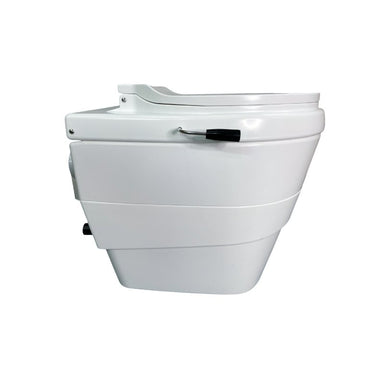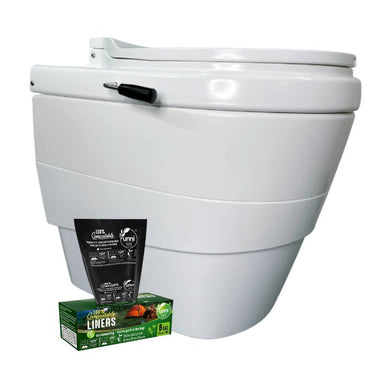
 Save $120.00
Save $120.00
Introducing the revolutionary Thinktank Composting Toilet - an eco-friendly, waterless solution for your bathroom needs. This state-of-the-art comp...
View full detailsAre you a tiny homeowner aiming for a sustainable lifestyle?
ThinkTank Waterless Composting Toilets are the perfect solution for your limited space. These toilets offer a smarter, eco-friendly alternative to traditional plumbing. They require no water, making them ideal for tiny homes or off-grid living. Enjoy lower energy bills with a system designed to keep indoor air intact while keeping your home clean and fresh.
With ThinkTank’s innovative design, you won’t have to compromise on convenience or hygiene. Say goodbye to hefty plumbing costs and hello to a cleaner planet. Explore the best in Tiny Home Equipment with our durable and efficient composting toilets!

 Save $120.00
Save $120.00
Introducing the revolutionary Thinktank Composting Toilet - an eco-friendly, waterless solution for your bathroom needs. This state-of-the-art comp...
View full details
